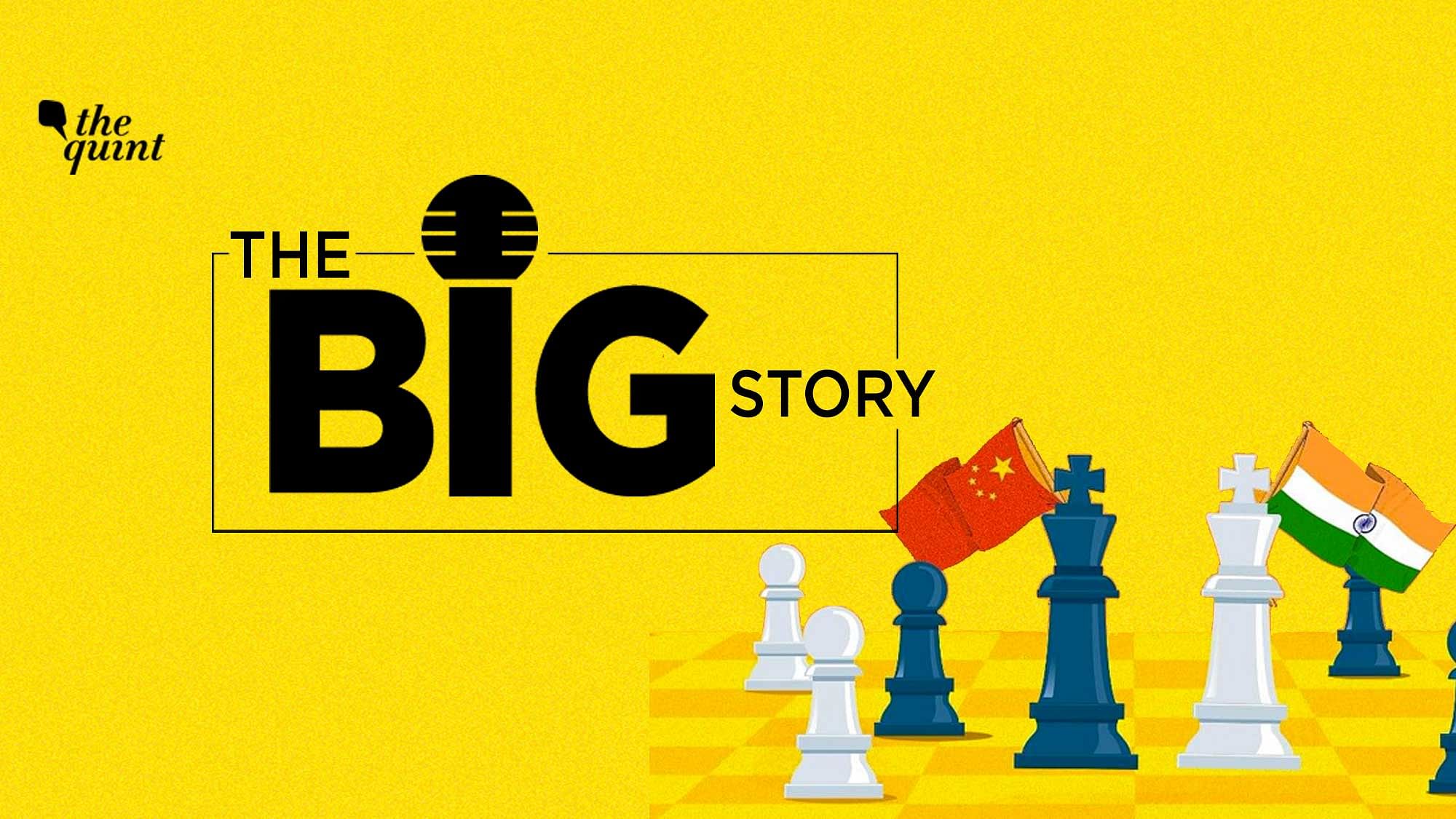India-China Pullback: Finally an End to Months-Long Tensions?
What do we make of New Delhi and Beijing’s contrasting statements on military disengagement at the LAC?

The initial disengagement talks between India and China ended in bloody clashes and the deaths of 20 Indian soldiers, the second attempt led to new PLA encroachments and now a third try is showing the first signs of reduction of the biggest standoff between the countries since 1962 along the LAC .
On 6 July, troops of both armies stepped back one to two kilometres from where they had clashed on 15 June at the Galwan Valley. All tents have been also packed up, and troops and materials have been taken back in vehicles.
But the MEA and the Chinese Foreign Ministry's statements seem to have conflicting tones. In an official statement, the MEA said, “Both sides have agreed to ensure complete disengagement and de-escalation from the India-China border areas for full restoration of peace and tranquillity.”
What do we make of New Delhi and Beijing's contrasting statements? Tune in to The Big Story!
(At The Quint, we are answerable only to our audience. Play an active role in shaping our journalism by becoming a member. Because the truth is worth it.)